Introduction
Agriculture is the most important industry on earth. With the global population about to pass the eight-billion mark, the demand for crops and livestock will soon be higher than ever. Continuing to feed the world requires constant innovation. Our tools and technologies need to continually improve, so that we can feed more people as efficiently as possible.
Against this backdrop arrives the autonomous tractor. Autonomous farm tractors are a new iteration of the machine that has been core to farming for over a century. Ever since the industrial revolution – when literal horsepower was replaced by the horsepower of internal combustion engines – the tractor has been at the heart of improving agricultural efficiency.
The autonomous tractor is the next evolution of a machine that is critical to feeding the world.
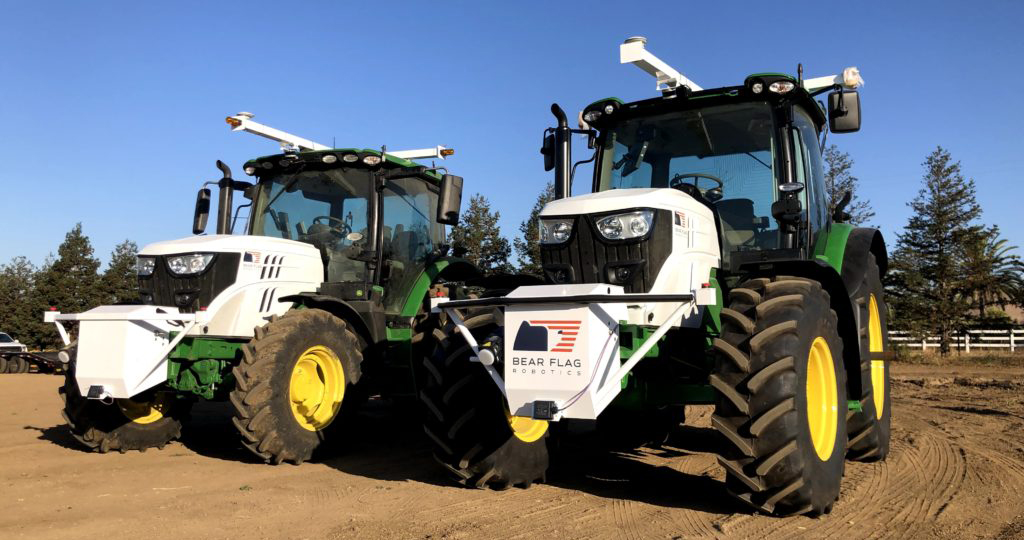
Cultivating, plowing, fertilizing, harvesting, planting – these are critical tasks that farms across the globe need to execute as efficiently as possible in the coming years. From 2020 to 2025, the tractor market is predicted to increase at a compound annual growth rate (CAGR) of 4.59 percent. Alongside this growth, we expect an increasing number of machines to be overseen by operators who are remote, rather than sat in the cab. The idea of robots in agriculture and farming may sound odd – but read on to find out how autonomous farm tractors function, and how they are transforming the face of agriculture.
***
The History of Tractors: From Traditional to Autonomous
Throughout the history of humankind, farm equipment has steadily evolved and improved. Before they had access to advanced technologies and automation in agriculture, humans used simple tools and relied on the muscle power of large animals.
A Timeline of Farming Tech
| YEAR | AGRICULTURAL EVENT |
|---|---|
| 5500 BC | Sumerian farmers invented the wooden plow, which uses forked sticks to dig a trench in which to plant seeds. |
| 1500 BC | Traditional tools for preparing ground for planting included wooden plows driven by domesticated animals. |
| 475 BC | The Chinese developed the iron plow, which improved agriculture in the Hunan provinces. |
| 1812 | Richard Trevithick created the Barn Engine, the first portable steam engine for agricultural use. |
| 1903 | Charles W. Hart and Charles H. Parr created the first two-cylinder gasoline tractor in the United States. |
| 1928 | The General Purpose Tractor is introduced. This significantly increased output by allowing farmers to plant and cultivate in three rows. |
| 1939 | Model B John Deere tractors were the first to have electric starts, lighting, rubber tires, and increased horsepower; it was also the company’s first diesel tractor. |
| 1940 | Frank W. Andrew built the driverless tractor by looping a cable from the tractor’s front steering arm around a barrel or fixed wheel in the field. |
| 1950s | Ford developed a driverless tractor known as “The Sniffer”. But it was never sold due to the difficulty of running it without burying wire through the field. |
| 1966 | John Deere was the first tractor manufacturer to provide a roll bar for operator safety. |
| 1970 | To defend against heat, cold, and dust, agricultural tractors began to incorporate more comfortable operator seating and sound shielding. |
| 1994 | Silsoe Research Institute engineers developed a picture analysis system for managing a miniature driverless tractor designed for vegetable and root crops. |
| 2008 | The ITEC Pro guidance system from Deere and Company automates vehicle functions like end turns and is based on global positioning technology. |
Looking back, we can see that the invention of the tractor ushered in an extraordinary period of transformation – after many centuries of very low levels of innovation.
Prior to the motorised tractor, farming was remarkably unchanged for almost 2,000 years. The Industrial Revolution paved the way for modernized farming, at the heart of which was the tractor.
***
How Automation Is Changing The Agriculture Industry
Automation is reshaping almost every industry. We are living through the so-called “fourth industrial revolution,” in which increasingly intelligent machines are taking over tasks that previously could only be executed by humans.
Agriculture – like healthcare, retail, or any other industrial category – is being reshaped by the possibilities of automation and machine intelligence.
Disruption always comes with its trade-offs, but there is no doubt that automation has brought a host of positive benefits to agriculture.
![]()
Unlocking Increased Efficiency
The world is currently experiencing a severe talent shortage, with the agricultural business feeling the consequences. Fortunately, autonomous farming vehicles allow farms to do more with less. Even if they’re short on human labor, farm operators can continue to operate at the level they need to.
In addition, through autonomous farming practices, agile crews can free up skilled workers to focus on core activities such as planting season planning, equipment maintenance, and production management – while letting AI handle the repetitive, physical tasks. Moreover, autonomous farm tractors can operate in the dark, allowing for longer agricultural working hours year-round.
Boosting Farm Productivity and Profitability
Agricultural automation allows for the production of fresher, faster, and more sustainable produce. Unlike people, machines can run for longer periods of time – they don’t need to eat, or sleep – and they have a reduced margin for error. This means that production is faster and the profit return is more steady. That is why agricultural companies are investing in drones, self-driving tractors, robotic harvesters, autonomous irrigation, and planting robots.
Furthermore, while automation increases productivity, yield, and output rate, it does not raise consumer costs because machines require less upkeep than a human workforce.
***
What Is An Autonomous Farm Tractor?
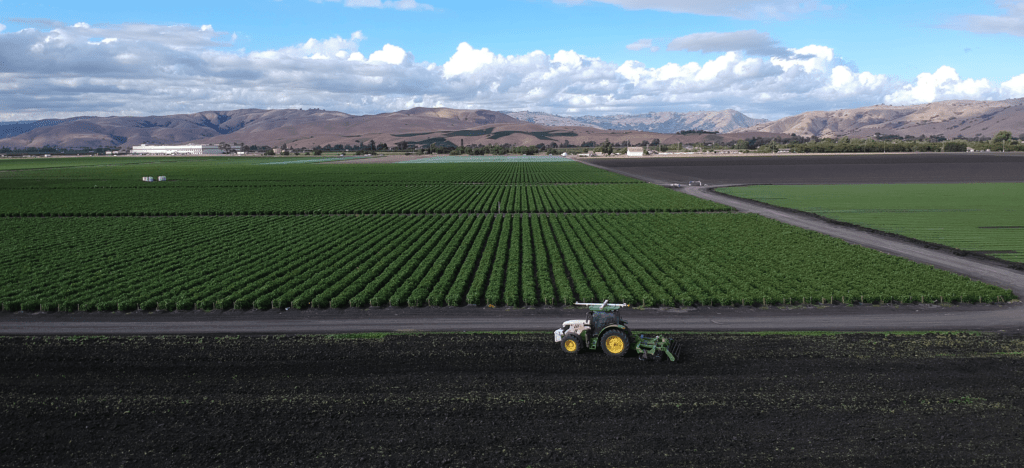
An autonomous farm tractor is a piece of self-driving farm equipment that performs its duties without an operator sitting in the cab. Autonomous tractors have been designed to process and calculate their own position and speed, and to avoid obstacles in the field such as humans, animals, and objects. Tractors without drivers can be fully autonomous or monitored remotely. Typically, a single operator will oversee a fleet from a remote (but nearby) location.
How Does An Autonomous Farm Tractor Work?
Autonomous farm tractors are equipped with integrated systems, computers, and processors. These connections transform electrical impulses into a controller or CPU to enable the tractor to perform. Each tractor is equipped with its own set of interconnected capabilities and failsafe emergency systems. Every autonomous farm tractor comes with a remote emergency stop feature for everyone’s safety.
For navigation, tractors are equipped with GPS-enabled cameras, radars, and lighters. A sensor suite with two lighters, a camera set, and a side robotic camera is mounted on the tractor. These are used to navigate and monitor the environment, and the data they absorb is fed into the main system.
Operators control the tractor – or multiple tractors – from afar. A live video from the tractor-mounted cameras is fed to a central viewing, allowing the operator to observe the tractor(s) in operation.
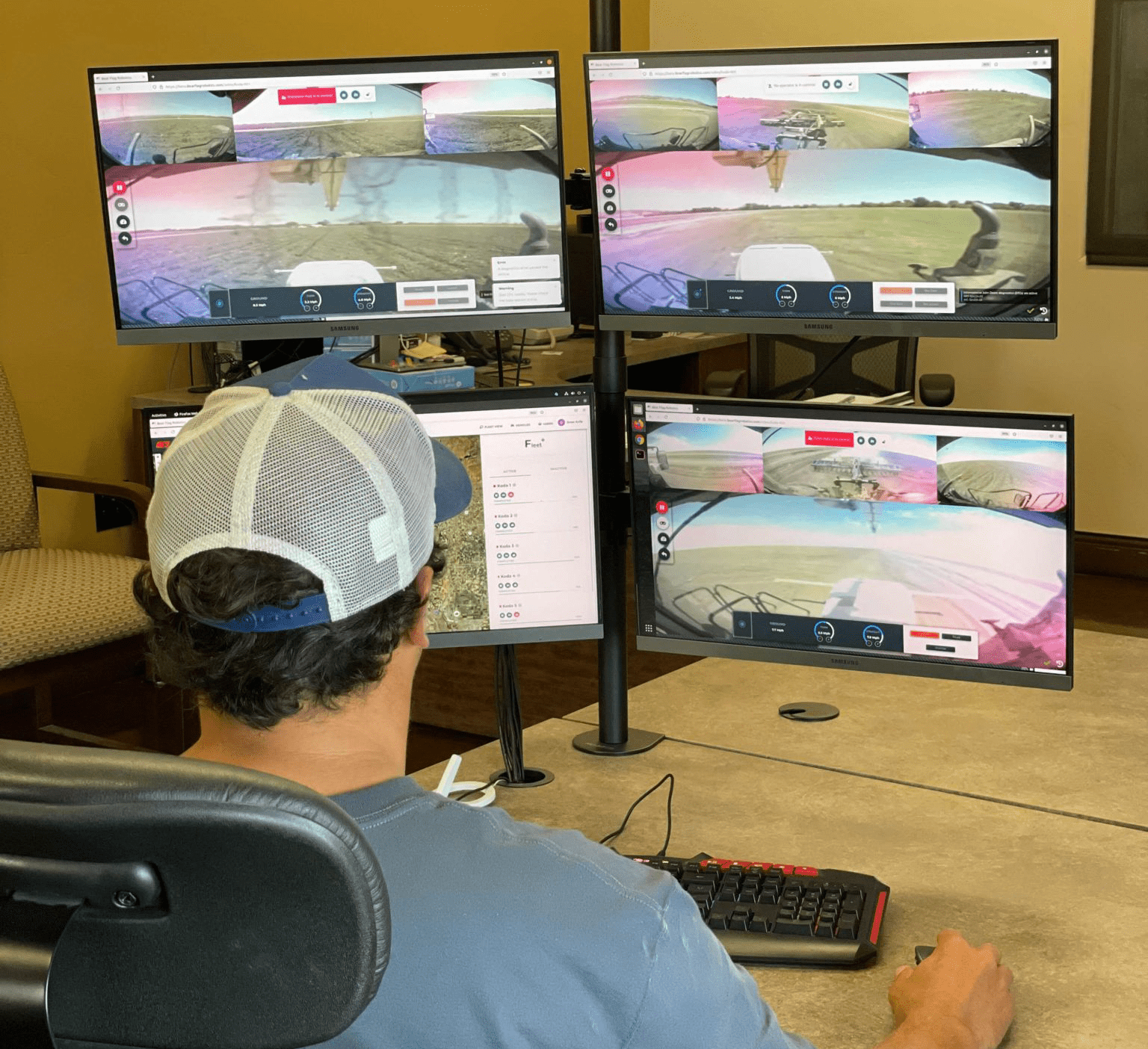
This viewing center provides access to the tractor’s diagnostics, tuning control tools, tractor cedars, and diagnostics. That information is used by the tractor to calculate the course and check with the GPS to ensure that it is on track and that the tilling activities are flawless. With this information in hand, the user can regulate the speed and implementation. The terminal also has a receipts and diagnostics dashboard. It also displays engine load and fuel level.
***
The Benefits of An Autonomous Tractor
Accurate and Efficient Farming
One of the most significant impacts of automation in agriculture is gains in efficiency and accuracy. This is absolutely true in the case of the tractor. Fully autonomous farm tractors can till and plant seeds with pinpoint accuracy. This results in better farming precision, which leads to greater yields (and financial returns). Because so many of the tasks are automated, ancillary advantages are generated – such as more efficient fertilizer distribution, decreased fuel waste, and lower production costs.
Avoiding Human Errors
With human workers comes the possibility of human error. People get tired, they get distracted, they text while they’re driving. All of these things can lead to serious tractor-related incidents. However:
A completely autonomous tractor leverages a form of laser-focused artificial cognition that is impervious to error, fatigue, or distraction.
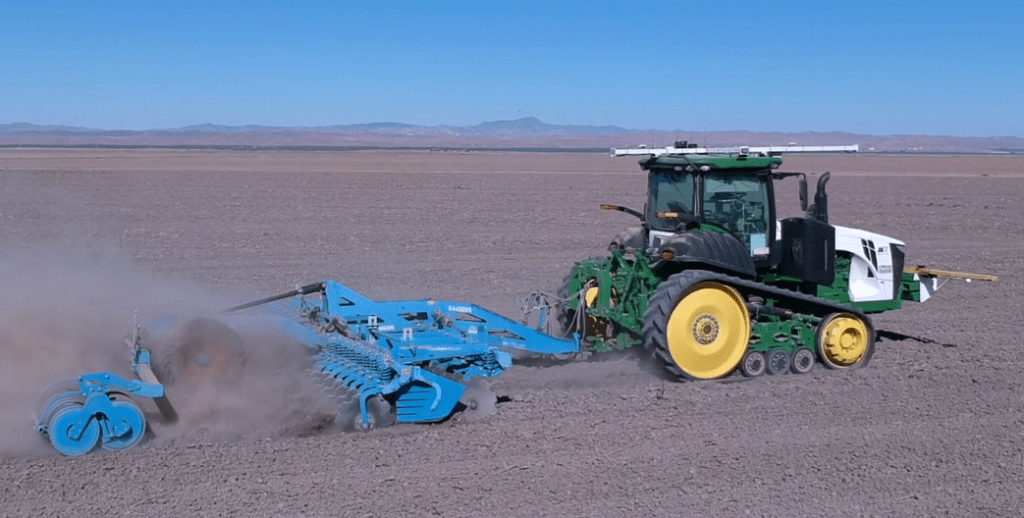
Better Data Gathering
The cutting-edge tractor sensors used by autonomous farm tractors collect information regarding soil conditions and crop health. They also collect all harvest data prior to and after cropping. Through the data collected by autonomous tractors in agriculture settings of every kind, small and large farms can generate new insights and strategies.
Combat Labor Deficits
US farms are facing a labor shortage. However, autonomous tractors enable farm operators to get the work done even if they can’t add headcount. What’s more, the labor they do have on payroll can do more with less. Workers can execute for extended periods of time because all arduous, physical, draining tasks are automated. Autonomous tractors require minimal supervision, meaning a single operator can easily operate an entire fleet.
***
The Age of the Autonomous Farm Tractor
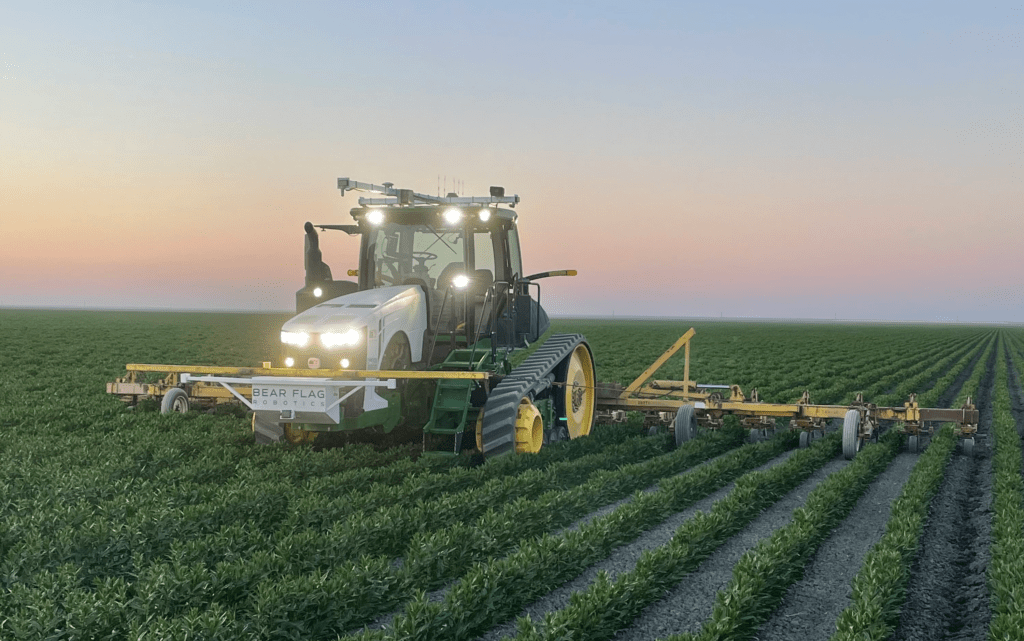
Savvy farmers now recognize the importance of automation in agriculture. Farming equipment, like other human inventions, was designed to solve a problem – but it has always innovated in line with broader technological developments. Traditional farming equipment needs a technological boost to meet our agricultural needs, as the world’s population grows and food demand rises.
